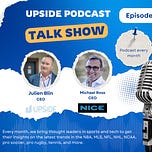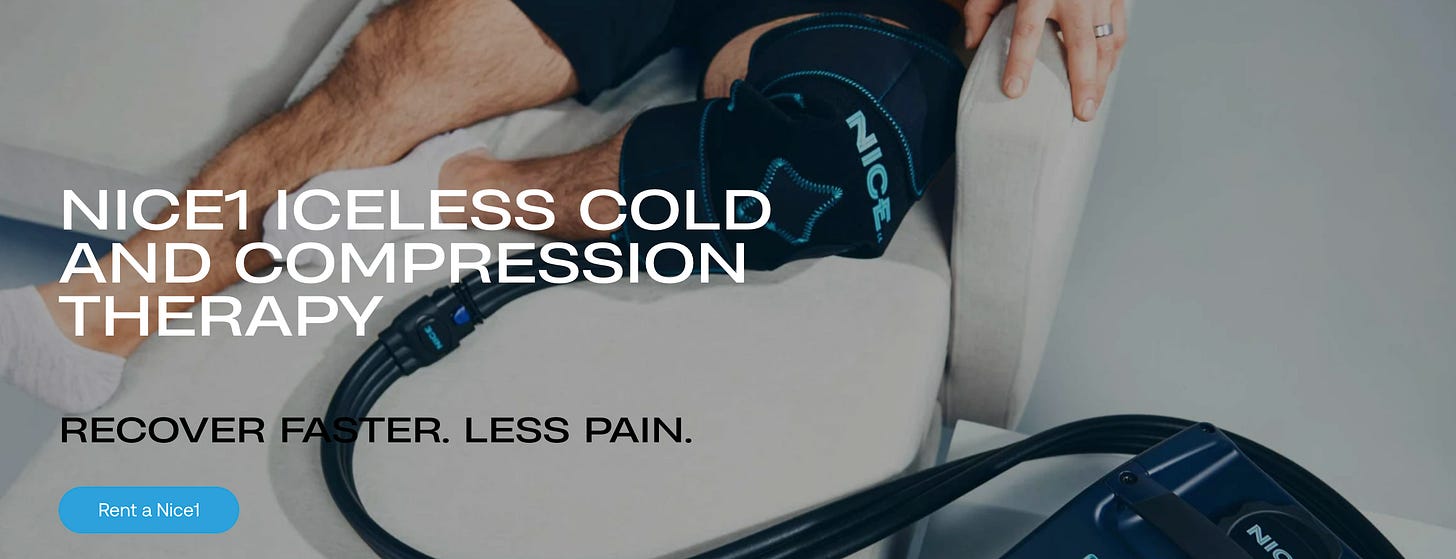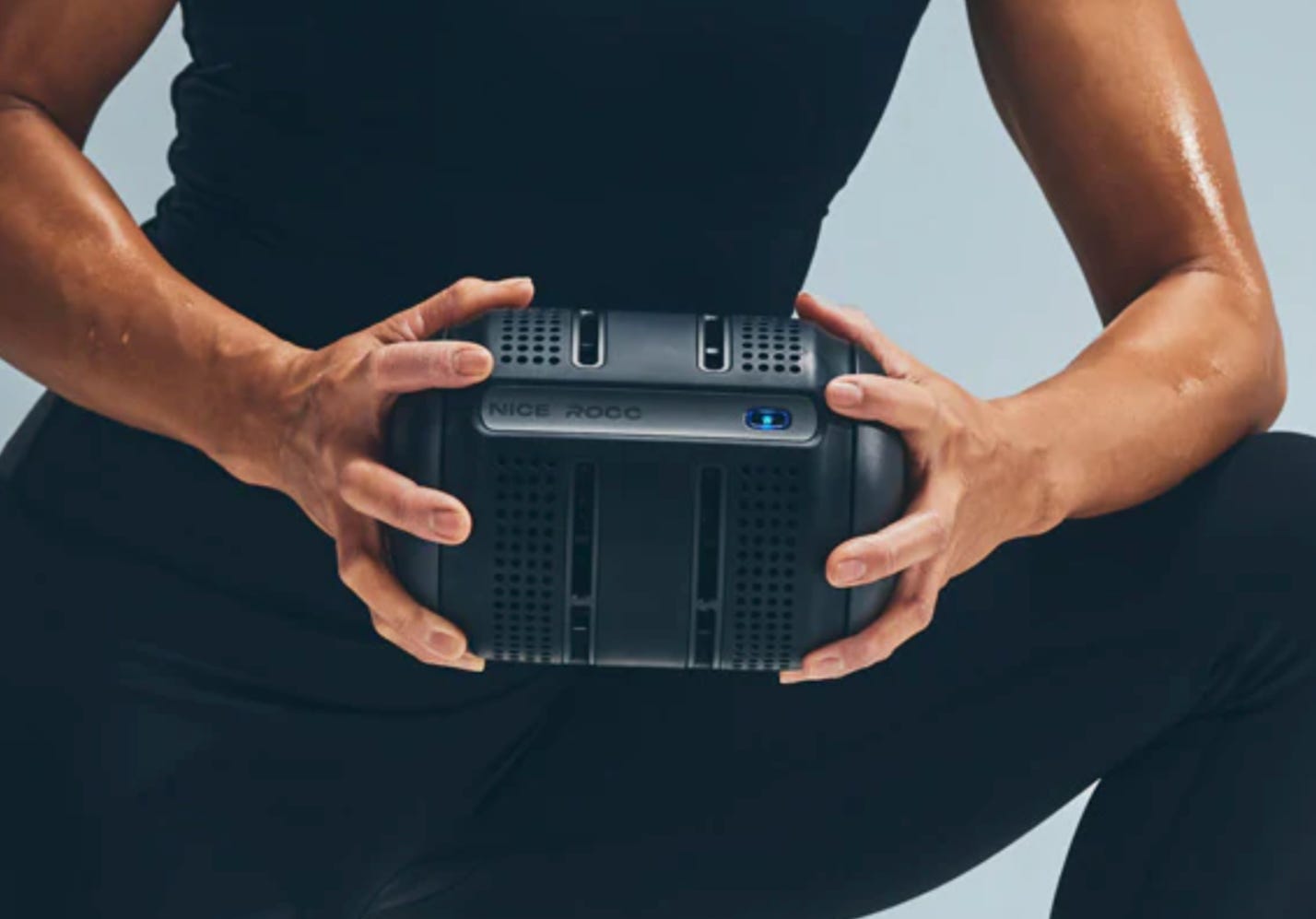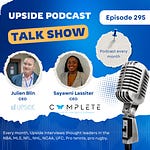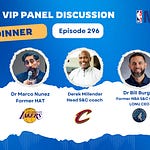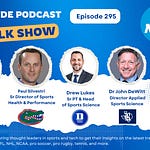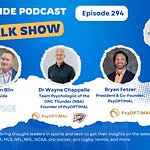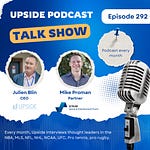Today we have the honor of interviewing Michael Ross, CEO of Nice Recovery systems, a leading manufacturer of performance and recovery devices with an expertise in cooling.
NICE Recovery Systems is a Boulder‑based firm founded in 2012 by Michael Ross after his own injury-driven recovery experience inspired the creation of an iceless cold‑compression therapy device. The company’s flagship NICE 1 Cold + Compression Therapy System (FDA‑approved in December 2014) delivers programmable cooling and pneumatic compression entirely without ice, making it lightweight, convenient, and trusted by orthopedic clinics, professional athletic teams, and military/military contractors.
Picture: NICE 1
In June 2025, NICE launched the NICE ROCC, a first of its kind palm cooling device based on 2 decades of research from Stanford University. The ROCC is battery operated and provides precise and powerful palm cooling without the need for ice or water. The ROCC is currently in use by professional hockey and baseball teams as well as elite strength athletes.
Picture: NICE ROCC
To learn more about Nice Recovery Systems please visit https://getnice.com
You can watch the video interview below by clicking on the Youtube link. You can also listen to the audio interview by clicking on the link at the top of the page:
Here is a video showcasing the NICE1 device:
Customers / partners: NHL teams (Colorado Avalanche, Detroit Red Wings, Anaheim Ducks), MLB teams (NY Yankees).
📝Show Notes: Through this interview, we touched on his background, his company and product, the benefits for teams to use their product and platform. We also talked about the state of the palm cooling market, his competitive advantage, business model, and his plans for the next 12 months.
You can read the full transcript of the podcast interview with Michael located at the top of this blog post.
Of note, Michael will be presenting at our VIP dinner at the NBA Summer league on July 15 at the Wynn hotel.
Here are the best quotes from the interview with Michael:
1. Your Background
“I’m what we in the U.S. call a serial entrepreneur. NICE Recovery Systems is actually my fifth venture. But this one was very personal — it started after I had a pretty horrific ski crash in 2010 while competing as a master's ski racer. I was focused on speed events like downhill skiing, and the crash resulted in multiple surgeries. During my recovery, I used a traditional cold therapy device — the kind you have to keep filling with ice — which was incredibly inconvenient since I was on crutches. I kept thinking, ‘There has to be a better way.’ That moment sparked the idea for NICE — to build a cold therapy device that doesn’t use ice. By 2014 we filed with the FDA, and by 2015 we launched into full-scale production. Since then, we've made over 18,000 units and are expanding internationally now that we’re MDR-cleared in the EU. What started as a solution to a personal problem has become a medical device company helping thousands of people around the world.”
2. Your Company and Product
“We’ve grown from a single-product company into one with a focused portfolio around recovery and performance. Our core medical product is the NICE1 — an FDA-cleared, class II cold and compression therapy device, designed and manufactured entirely in Boulder, Colorado. It’s used primarily in orthopedic recovery post-surgery — hip replacements, knee reconstructions, rotator cuff repairs — those types of injuries. But we also recently launched the ROCC, a palm cooling device born out of listening to the Huberman Lab podcast. I heard Dr. Heller from Stanford talking about the physiological benefits of palm cooling and thought, ‘This modality clearly works — but why isn’t it widely used?’ Turns out, the issue wasn’t efficacy — it was usability. The current devices were bulky, messy, and relied on ice or water. So we thought, we’ve already got the cooling tech. Why not engineer a palm cooling product that’s portable, rechargeable, and easy to use? We built a prototype and realized this could be something big. Then we reached out to Porsche Design to help shape the industrial design. That’s how the ROCC came to life — a science-backed, precision-engineered palm cooling tool that actually looks and feels great to use.”
3. The Main Use Cases You Are Addressing
“The NICE1 and the ROCC serve two very different — but complementary — roles. The NICE1 is for injury recovery, particularly post-op. After orthopedic surgery, patients deal with pain, inflammation, and mobility issues. We designed the NICE1 to be compact, user-friendly, and ice-free, so patients recovering at home — often while on medication — don’t have to struggle with cold packs and bandages. It’s prescribed by surgeons and distributed through clinics or partners like the Hospital for Special Surgery or the Steadman Clinic. On the other hand, the ROCC was built for performance enhancement. In competitive sports, time is everything — halftime is short, rest periods are brief. By cooling the palms during these windows, we help lower athletes’ core body temperature and heart rate faster, so they’re better prepared to perform in the second half. Research shows palm cooling for 10–15 minutes during halftime can reduce core temperature by a full degree and heart rate by 15 BPM — it’s like giving them more rest in less time. In training, especially resistance workouts, palm cooling between sets reduces muscle fatigue and enables more reps. The Stanford study even compared it to steroids — and palm cooling outperformed anabolic steroids in terms of training gains. That’s a powerful, non-invasive performance tool.”
4. The Palm Cooling Market and Main Trends
“Palm cooling is still in its infancy as a market. Right now, it’s a niche modality understood primarily by strength coaches, performance scientists, and elite teams. But the science has been around for decades — it started with DARPA and the Royal Navy in the ‘90s, who wanted to cool soldiers operating in extreme heat. The modality works. What’s been missing is usability and awareness. That’s starting to change. You now see a few companies offering palm cooling at different price points — from under $100 to high-end solutions like ours. We’re seeing strong adoption from NHL teams, NFL trainers, strength athletes like Brian Shaw and Hafthor Bjornsson, and elite gym-goers. The next wave will be driven by visibility and education. When people see athletes using it courtside, or during a live game, they’ll start asking questions. Combine that with more clinical research — like what we’re seeing around hydration, lactate clearance, and DOMS — and you’ve got the early stages of what I think will become a mainstream performance technology. It’s where massage guns were 5–7 years ago.”
5. The Benefits for Teams to Use Your Product
“Teams love that the ROCC works and that it’s field-ready. It’s small, battery-powered, no ice, and designed for mobility. We saw hockey players using it during playoff games between shifts, which is a brutal time physically. They’re fully geared up, fatigued, and coming off the ice gassed — palm cooling helps them recover faster, feel fresher, and hit the next shift harder. In football or basketball, it’s great during halftime. We’ve got several NFL, MLB, and NHL teams already using it. From a training standpoint, it allows athletes to get more out of each session — more reps, more power, faster recovery. And it’s not speculative. You try it, and you see the difference. We’ve seen top athletes shatter PRs the first time they use it. There’s no guesswork — it’s measurable, immediate impact.”
6. Your Competitive Advantages
“Our engineering team is second to none when it comes to cooling technologies. We iterate fast — we turned the ROCC from idea to functional prototype in three months, and we’re constantly testing and refining. We manufacture everything in-house in Boulder, which gives us complete control over quality and innovation. A lot of our competitors outsource to China or Southeast Asia. That’s fine for cost, but not for agility. Because we started in the medical field, everything we do — even consumer products — is built with a regulatory-grade mindset. Our quality systems, documentation, and testing protocols are far more robust than what you’d typically see in consumer electronics. And that pays off in reliability. Also, we’re not trying to be everything to everyone. We specialize in cooling — and we do it better than anyone else in the market.”
7. What Teams Like About Your Product
“When we talk to teams, the number one thing they care about is effectiveness. They’re data-driven. If it doesn’t make a measurable difference, they’re not interested. The ROCC makes a difference immediately — whether it’s lowering heart rate, improving second-half output, or extending set volume in strength training. After that, they care about ease of use — it’s got to be portable, durable, quick to charge, and simple to implement. Unlike older products that used water or bulky cooling systems, the ROCC is clean, fast, and field-ready. Teams like the Avalanche told us that it integrated seamlessly into their workflow, and players responded well to the experience. That’s the gold standard: measurable impact and smooth adoption.”
8. Your Business Model
“Our business is split. NICE1 is sold via medical distributors who rent the devices to patients post-surgery. That’s a mature market with a clear prescription model — doctors prescribe it, patients rent it, insurance often covers it. With the ROCC, we’re doing a direct-to-consumer approach, but following a strategy similar to Hyperice and Theragun: start with the pros. Get the devices into the hands of elite athletes, sports scientists, and trainers — people who understand the value right away. Over time, the awareness filters down to consumers. But we’re not rushing it. The gym market will take a few years, and that’s fine. We’re in it for the long game.”
9. Your Plans for the Next 12 Months
“We’ve been profitable and cash flow positive for four years now, which gives us freedom. We don’t need outside capital — we fund new R&D from operations. Over the next 12 months, we’re focusing on three main goals: first, international expansion of NICE1, especially in the EU. Second, deeper adoption of ROCC among pro teams and early adopters. And third, launching two new products — one medical and one performance-based. We’re also working on a percussion gun with novel technology that’s currently going through the patent process. And we’re expanding our staff and facility here in Boulder. We’ve got 35 employees now and expect that to grow. We’re staying true to our values — build smart, high-quality tools here in the U.S., and let the market come to us through impact and authenticity.”
You may also like:
💦Upside Analysis: The sweat and heat sensing market
Monitoring and analyzing sweat and heat is one of the most complex areas of biometric sensing. This has become extremely important as athletes are sometimes exposed to very high temperatures.
🧊Upside Chat with Bill Donovan, CCO, CoolMitt, a Pioneer Manufacturer of Cooling Devices for People that are Heat Stressed.
This week, we have the honor to interview Bill Donovan, Chief Commercialization Officer at CoolMitt, a pioneer manufacturer of cooling devices for people that are heat stressed.

